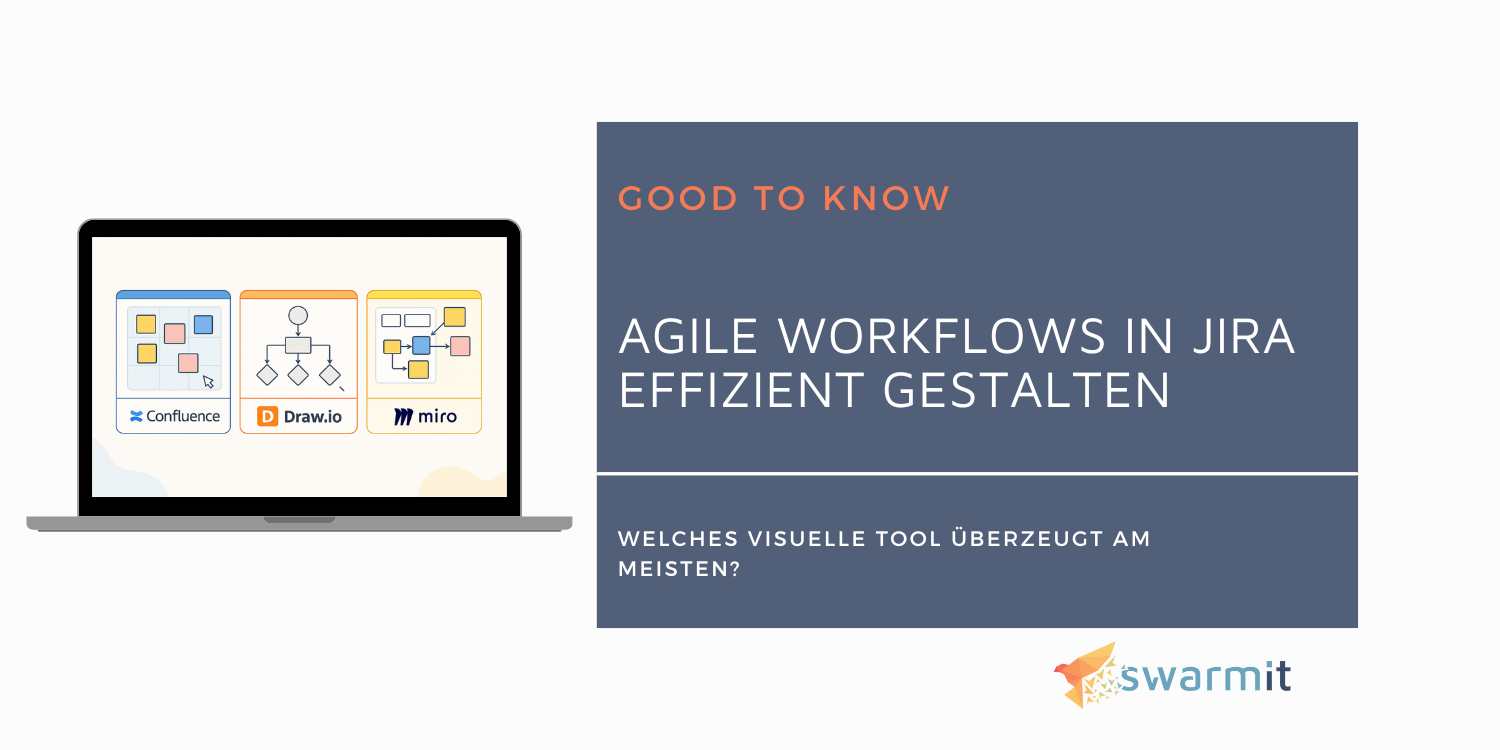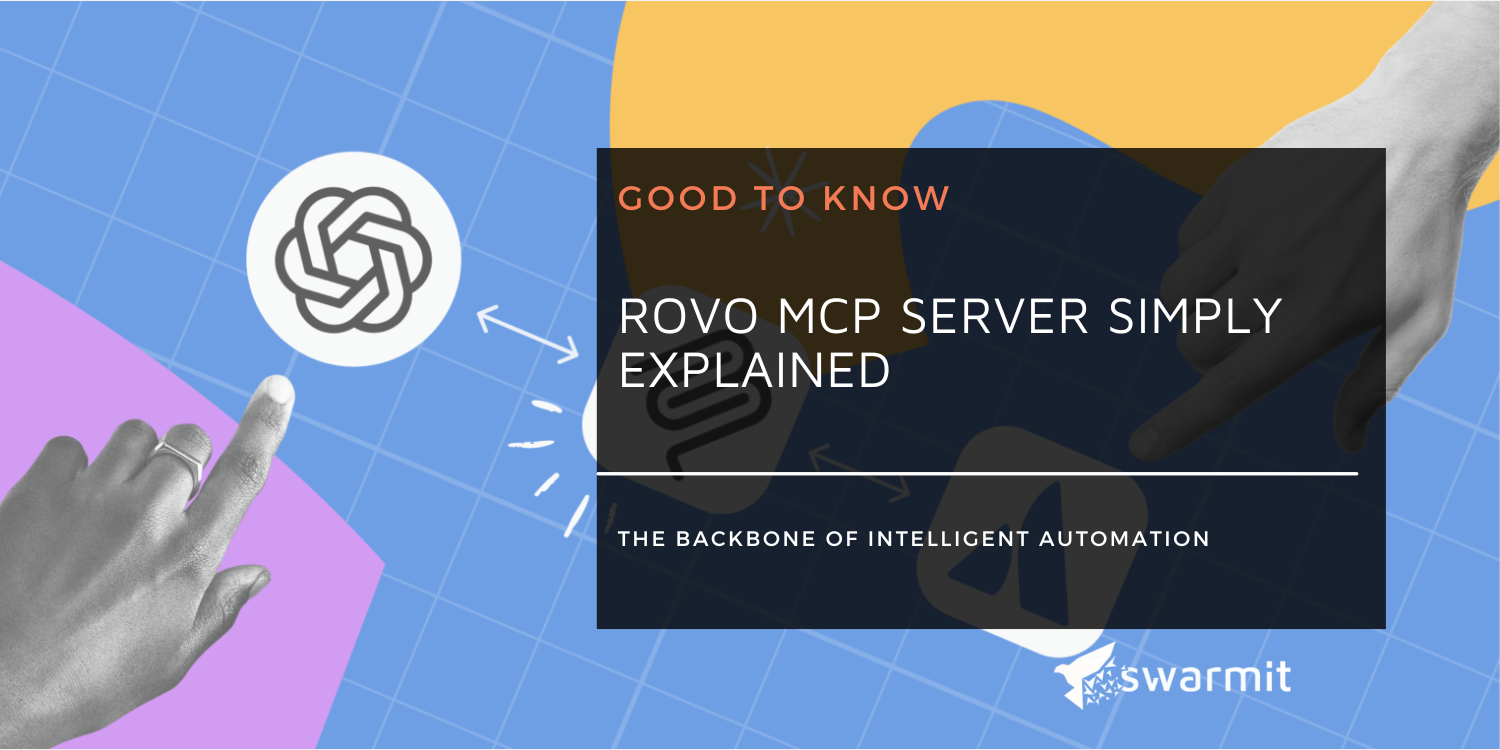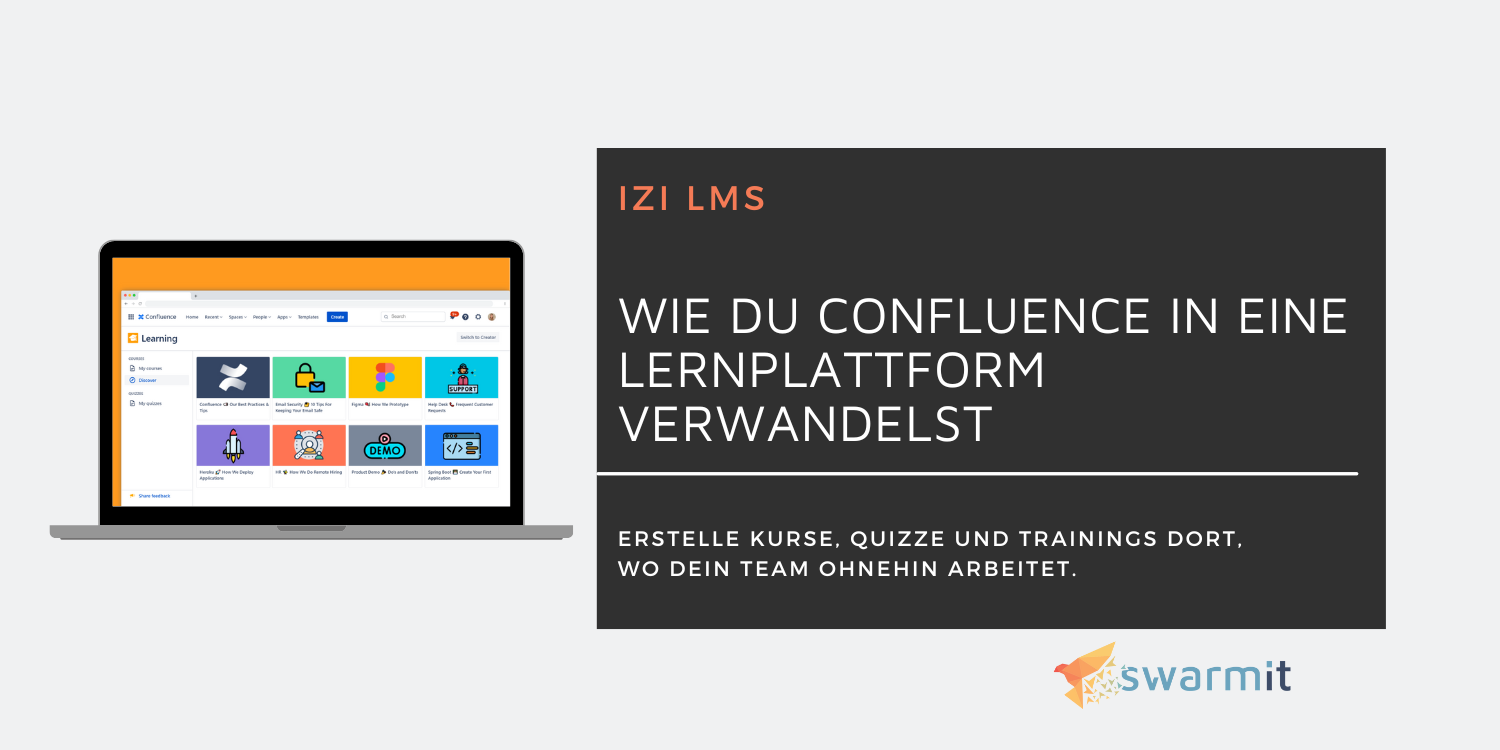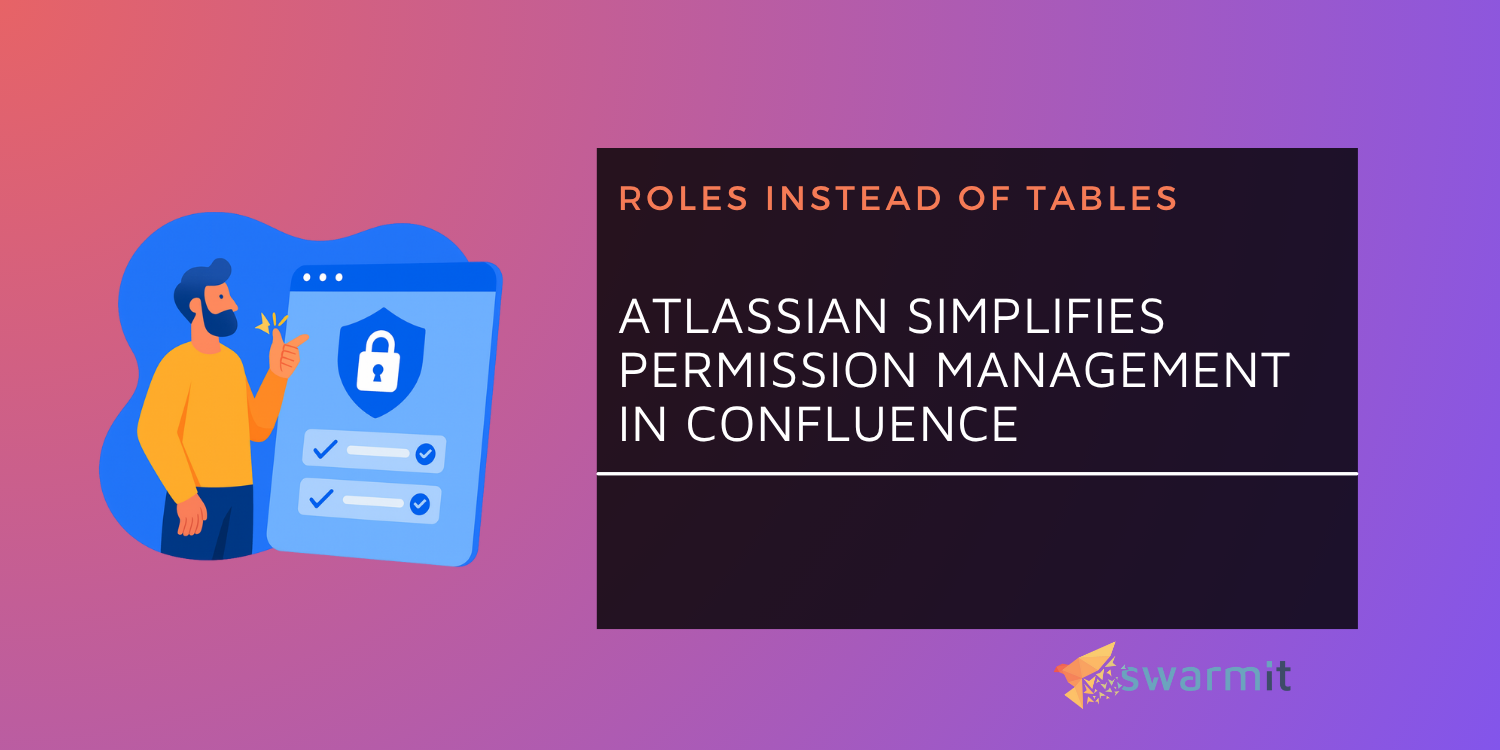Streamlining Agile Workflows in Jira: Which Visual Tool Delivers Best?
Visual collaboration is an integral part of modern teams, especially in agile Jira environments. But which tool is best? Our comparison shows the strengths of Confluence Whiteboards, Draw.io and Miro.

Choosing the Right Visual Collaboration Tools in Jira: Confluence Whiteboards, Draw.io or Miro?
As teams grow more distributed and projects become increasingly complex, visual collaboration tools have become central to effective communication and agile planning. For teams using Jira and Confluence, the choice of which whiteboarding or diagramming tool to adopt can significantly impact workflow efficiency and alignment.
Here is a quick comparison of three leading tools Confluence Whiteboards, Draw.io and Miro to help you determine what fits best within your Jira environment.
1. Integration with Jira and Confluence
Confluence Whiteboards is natively integrated into the Atlassian ecosystem. This feature allows users to visualize workflows, use sticky notes, and convert board elements into Jira issues directly.
Draw.io is available via Atlassian Marketplace and supports collaborative editing, version control, and a wide range of diagramming tools.
Miro integrates with Jira and Confluence through plugins. It allows two-way sync of Jira issues (“via Jira Cards”), the import of issues into boards and the ability to convert cards or sticky notes into issues.
2. Cost and Licensing Considerations
Confluence Whiteboards are included in all Confluence plans (including free plan), making it a cost-effective option for teams already using Atlassian products.
Draw.io is available as an add-on for both Jira and Confluence. It is free for Cloud instances with up to 10 users and licensed on a per-user basis beyond that.
Miro uses a freemium pricing model whereby the free plan includes limited features, such as three editable boards and access to advanced functionality (e.g. Jira Cards, team permissions, unlimited boards) requires a paid subscription, with plans licensed on a per-user basis. Miro also offer a free connector for those that already own Miro licenses.
3. Security and Data Residency
Draw.io and Confluence Whiteboards benefit from Atlassian’s built-in security infrastructure, including support for SOC 2, GDPR, and ISO 27001 compliance. Data is stored within the Atlassian Cloud or a customer-managed instance.
Miro hosts data on its own infrastructure, and users must authenticate separately. It also offers compliance with key standards like SOC 2 and GDPR. However, organizations with centralized security policies may need to consider how this aligns with their data residency and access requirements.
4. Usability and Collaboration Experience
Confluence Whiteboards offer a simple and intuitive canvas ideal for brainstorming, retrospectives, and collaborative planning. Features include:
- Real-time cursors
- Sticky notes
- Timer and voting tools
- AI-enabled conversion of whiteboard items into Jira issues
Draw.io provides a structured interface familiar to users of traditional diagramming tools like Lucidchart or Visio, well-suited for flowcharts, architecture diagrams, and system mapping.
Miro is widely known for its versatility and extensive template library. It supports a broad range of use cases across product design, agile ceremonies, and workshops. The interface is feature-rich, which may offer more flexibility but can require more onboarding for inexperienced users.
5. Jira Issue Linking and Agile Support
Draw.io and Confluence Whiteboards offer native embedding and editing within Jira and Confluence. Visual elements can be linked to issues, with minimal setup needed. This supports agile workflows such as sprint planning and backlog refinement within the Atlassian suite.
Additionally, Confluence whiteboards create a new page in the Confluence page tree whereas Darw.io allows you to embed diagrams directly onto any Confluence page using macros.
Miro also supports Jira issue linking and offers features like Jira Cards and two-way syncing. However, setup typically requires configuring integrations, and users may need to toggle between platforms during use.
Conclusion
Each tool brings its own strengths to visual collaboration within Jira-based workflows.
- Confluence Whiteboards are tightly integrated with Jira and Confluence, which offers simplicity for teams already using Atlassian tools.
- Draw.io offers more features compared to whiteboards however this also adds complexity as training may be required.
- Miro offers a more expansive, cross-platform solution with advanced customization and collaborative features that may appeal to teams with broader needs however this also means a greater degree of complexity.
Ultimately, the best choice depends on your team's workflow, budget, and need for either deep Atlassian integration or broader, standalone functionality. When evaluating collaboration tools within Jira, it is worth starting with what is already built into your stack you might be surprised at how powerful the native options can be.
Whiteboard Tool Comparison: Confluence, Draw.io & Miro
More blog articles
We're ready to take your next step!
Would you like to use our expertise and implement technological innovations?
.webp)

Talk to an expert
Do you have a question or are you looking for more information? Provide your contact information and we'll call you back.










